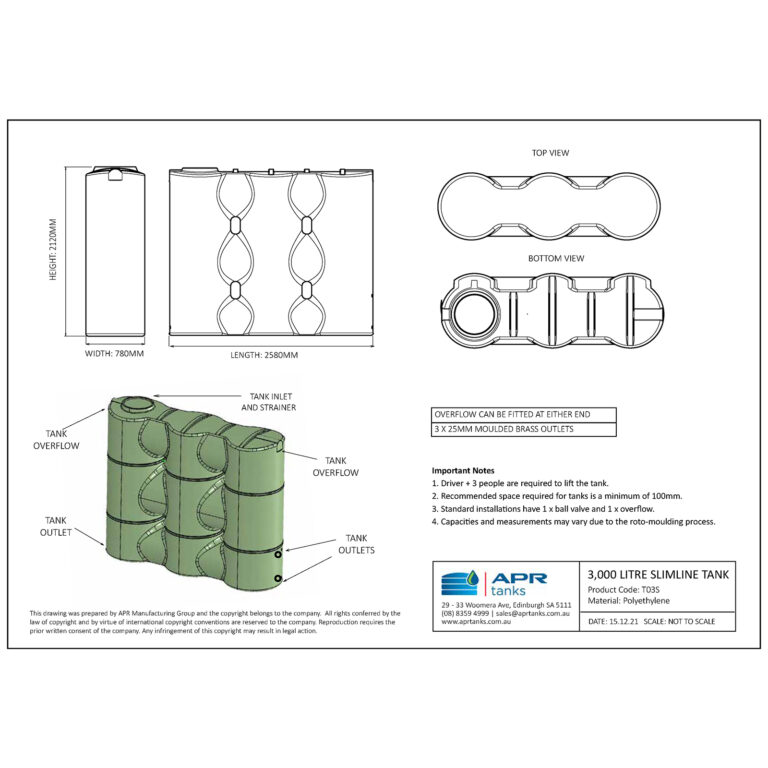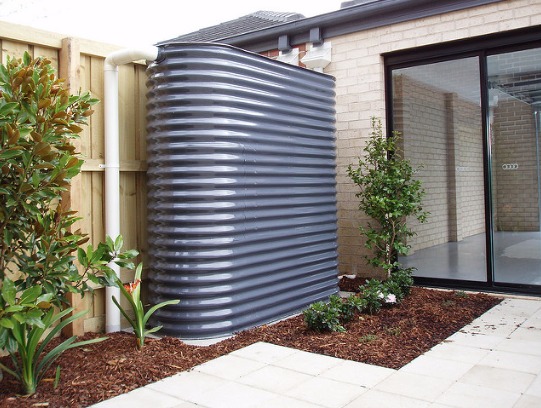Understanding the Value of Rainwater Tanks in Drought-Prone Regions for Water Protection
In regions susceptible to extended droughts, the duty of rainwater containers in reinforcing water security is a subject of expanding value. As communities face the challenges of water deficiency, understanding the value of these tanks surpasses mere collection of rain. Rainwater storage tanks serve as a crucial device in reducing the influence of water shortages by supplying a sustainable source of water for numerous needs. Nonetheless, real value of rain tanks prolongs much beyond simple storage space; it encompasses resilience-building procedures and the promo of long-term water preservation strategies. This multifaceted method to water safety warrants a better assessment of the duty rainwater storage tanks play in making sure a reliable supply of water throughout times of dry spell.
Benefits of Rain Containers
Making use of rain containers supplies a lasting option for increasing water system and enhancing water security in residential and business settings. One of the key benefits of rainwater containers is their capability to reduce dependency on mains water system. By catching and keeping rain that falls on roofs, this different source can be used for various non-potable objectives such as watering, flushing toilets, and cleaning clothing. This not only preserves treated alcohol consumption water yet likewise lowers water costs for individuals.

Rainwater Harvesting Techniques
Rainwater collecting methods encompass an array of techniques designed to successfully collect and save rainwater for various functions, contributing to water conservation and sustainability. An additional prominent technique is the usage of above-ground or underground storage space tanks to save rainwater for later usage.

Furthermore, rain yards and absorptive pavements are ingenious strategies that involve landscaping or paving surfaces in a means that enables rainwater to percolate right into the ground, renewing groundwater reserves. Additionally, shape farming and terracing are farming practices that help record rain and avoid dirt disintegration in sloping terrain. By executing these diverse rain harvesting strategies, areas can enhance water safety and security and strength in drought-prone areas while advertising lasting water management practices.
Significance of Water Safety
Making sure reliable access to clean and sufficient water resources is paramount for sustaining human health, economic development, and environmental well-being. Water security is a crucial element of societal resilience, particularly in regions susceptible to dry spells and water deficiency. Ample water protection incorporates different dimensions, including availability, quality, and accessibility of water for residential, farming, industrial, and environmental needs.
Water protection plays a critical duty in advertising public health by reducing the prevalence of waterborne conditions and making sure cleanliness facilities. Financially, water safety is vital for agricultural performance, industrial operations, and total financial growth. Slimline water tanks. Moreover, water protection is carefully linked to ecological sustainability, as it supports ecosystems, biodiversity, explanation and total environmental balance.
In drought-prone areas, water safety and security comes to be even extra important due to the enhanced risk of water scarcities. Implementing methods like rainwater harvesting, water recycling, and effective water monitoring methods can dramatically improve water protection in these areas. By prioritizing water protection, neighborhoods can much better endure the influences of climate change, populace development, and other difficulties that endanger water schedule.
Enhancing Water Resilience
With boosting international water challenges, developing durability in water supply has actually become an important emphasis for lasting development efforts. Enhancing water resilience includes carrying out approaches to ensure water accessibility and high quality when faced with transforming ecological problems, such as dry spells, floodings, and pollution.
One key aspect of improving water durability is promoting the usage of rain browse this site storage tanks in drought-prone areas - Slimline water tanks. Rain storage tanks act as an efficient ways of catching and keeping rain for later use, minimizing reliance on scarce freshwater sources during dry durations. By incorporating rain harvesting systems right into water monitoring strategies, neighborhoods can improve their capability to stand up to water shortage and maintain water safety and security

Sustainable Water Preservation
Among escalating water challenges, the basics prudent administration of water sources via sustainable preservation practices is important for ensuring long-lasting environmental security and social health. Lasting water preservation entails the efficient use water resources to satisfy present requirements without jeopardizing the capability of future generations to satisfy their very own demands. By applying approaches such as rain harvesting, greywater recycling, and water-efficient modern technologies, areas can lower water wastefulness and alleviate stress on freshwater resources.
In addition, lasting water preservation methods add to ecosystem health and wellness by preserving sufficient water levels in rivers, lakes, and wetlands, sustaining biodiversity, and maintaining all-natural environments. These methods also play an essential role in mitigating the influences of environment modification by assisting to adapt to transforming rainfall patterns and water accessibility.

Final Thought
To conclude, rainwater storage tanks play a crucial function in improving water safety and strength in drought-prone regions. By making use of rain harvesting strategies, communities can decrease their dependence on typical water sources and promote sustainable water conservation techniques. This not just aids mitigate the effects of water shortage throughout dry spells yet additionally adds to long-term water safety and security and durability when faced with environment adjustment obstacles.